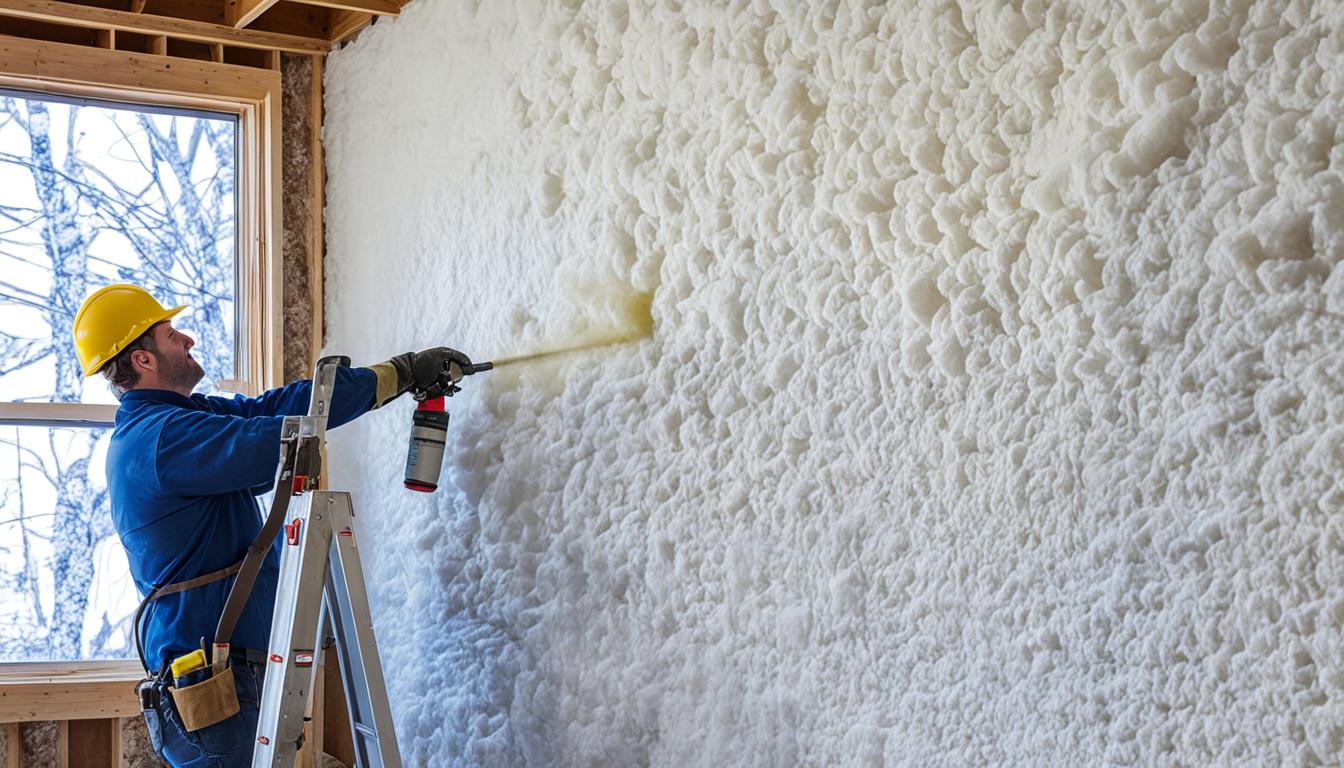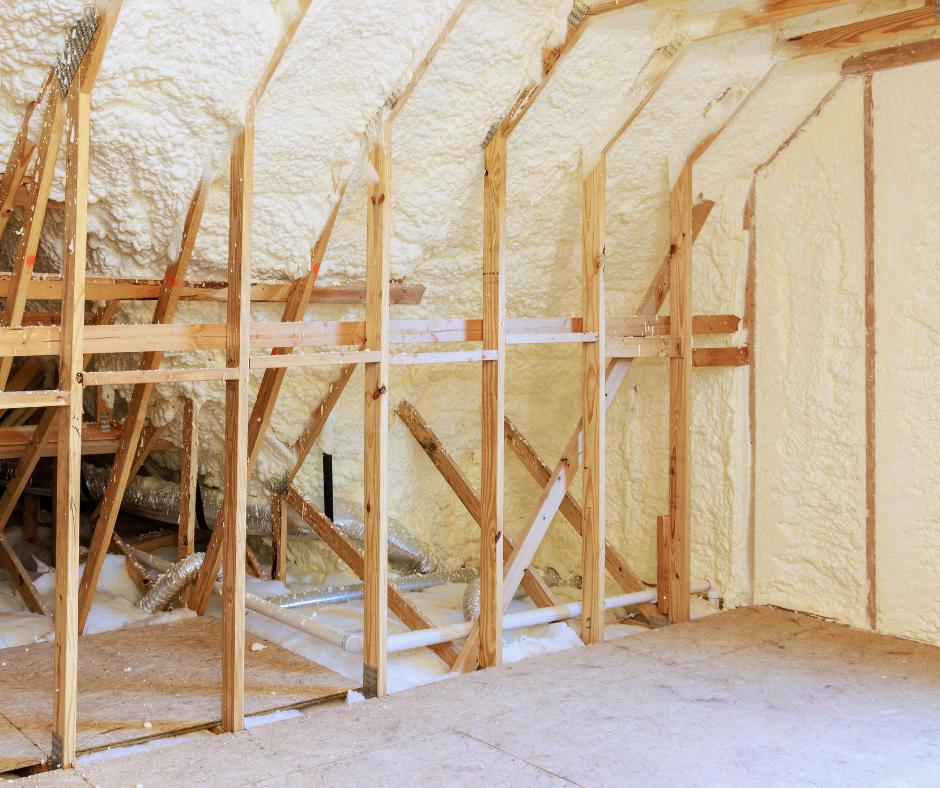Rethinking Traditional Insulation Choices

Fiberglass has been the go-to insulation material for decades, thanks to its affordability and ease of use. But as building science evolves and energy standards rise, more contractors and homeowners are turning to spray foam for its superior performance. Understanding the key differences between the two reveals why spray foam is quickly becoming the gold standard in modern insulation.
Material Differences: Foam vs. Fibers
Fiberglass insulation consists of fine glass fibers arranged in batts or blown into place. It traps air between fibers to resist heat flow but leaves gaps and voids if not perfectly installed. Spray foam, on the other hand, is a liquid that expands and hardens into a solid, sealing every crack, crevice, and joint it touches. This creates a more continuous and airtight insulation layer, especially in hard-to-reach areas.
Air Sealing and Draft Prevention
Air leakage is one of the primary causes of energy loss in buildings. Fiberglass does not stop airflow—it only slows heat transfer. This means air can still pass through gaps in framing or electrical penetrations even if fiberglass is present. Spray foam acts as both an insulator and air barrier, significantly reducing air infiltration and the resulting drafts. Buildings insulated with spray foam often feel more comfortable and require less heating and cooling effort.
R-Value and Thermal Performance
Spray foam offers a much higher R-value per inch than fiberglass. Closed-cell spray foam typically rates around R-6 to R-7 per inch, while fiberglass batts offer only R-2.2 to R-3.8 per inch. This means you need much more fiberglass to achieve the same insulating power, which can be problematic in areas with limited wall or roof cavity space. Spray foam’s superior thermal resistance translates directly into lower energy bills.
Moisture Resistance and Mold Prevention
Fiberglass can trap moisture and become a breeding ground for mold if exposed to leaks or condensation. Once wet, its insulating value drops dramatically. Closed-cell spray foam, however, is water-resistant and does not support mold growth. It also serves as a vapor barrier, reducing the risk of moisture problems in basements, crawl spaces, and roofs. In damp or humid climates, spray foam provides long-term protection that fiberglass simply can’t match.
Longevity and Durability
Fiberglass tends to settle, sag, or shift over time—especially if exposed to vibration or moisture. This results in performance loss and cold spots. Spray foam, once cured, stays rigid and in place for decades. It doesn’t shift, compress, or lose effectiveness, making it a better long-term investment.
Installation Differences
Fiberglass can be installed by homeowners or general laborers with minimal training, but it requires precise fitting to work effectively. Spray foam must be installed by trained professionals using specialized equipment. Although it requires a higher upfront cost and professional service, the quality and performance are consistently higher with spray foam.
Energy Savings Over Time
Spray foam’s superior air sealing and thermal resistance translate into measurable energy savings. Homeowners report reduced energy bills by 20% to 50% depending on climate and building design. Over time, these savings help recoup the initial cost of installation and provide ongoing returns through lower utility bills.
Final Thoughts
Spray foam insulation outperforms fiberglass in nearly every category that matters: air sealing, R-value, moisture resistance, durability, and long-term savings. While fiberglass may still be suitable for certain projects with tight budgets or low performance needs, spray foam is clearly the smarter choice for those who want better comfort, efficiency, and value over time. If you’re building new, remodeling, or upgrading insulation, investing in spray foam can lead to a better-performing building from the inside out.




